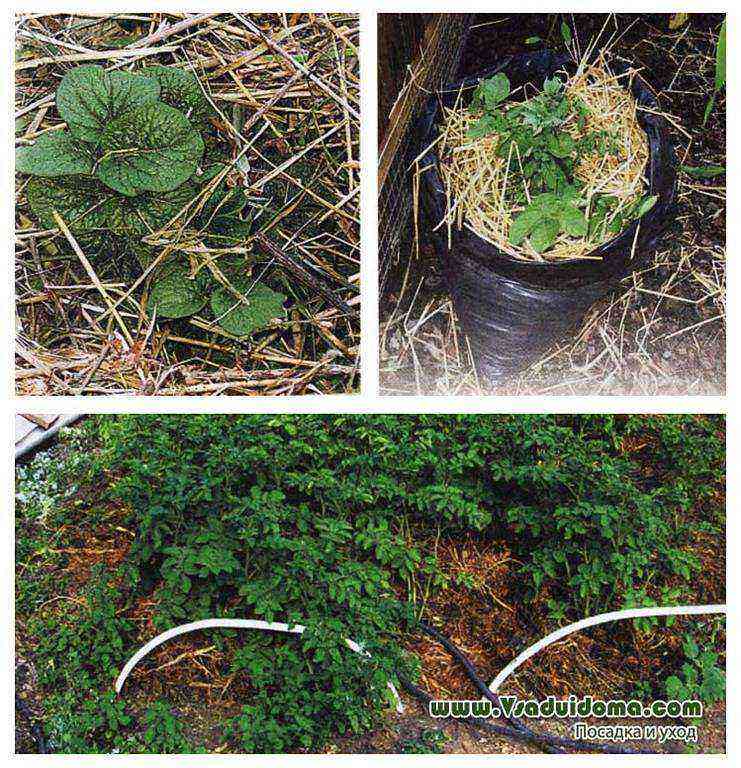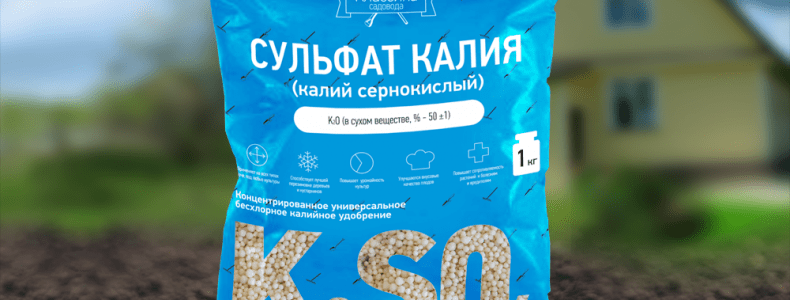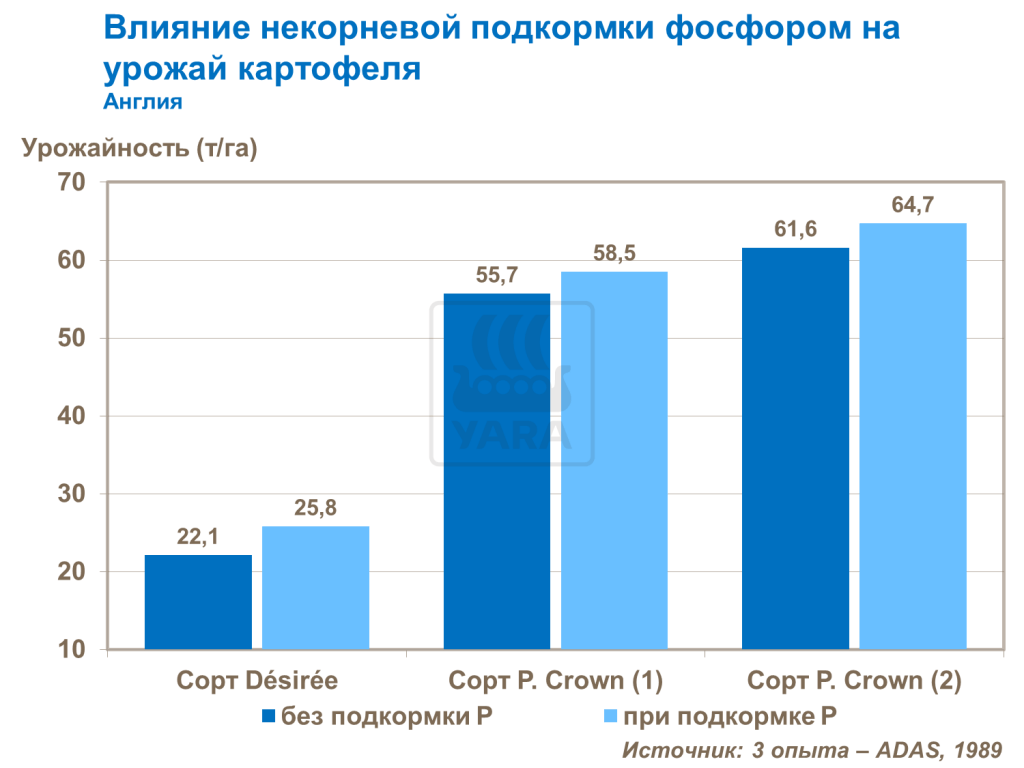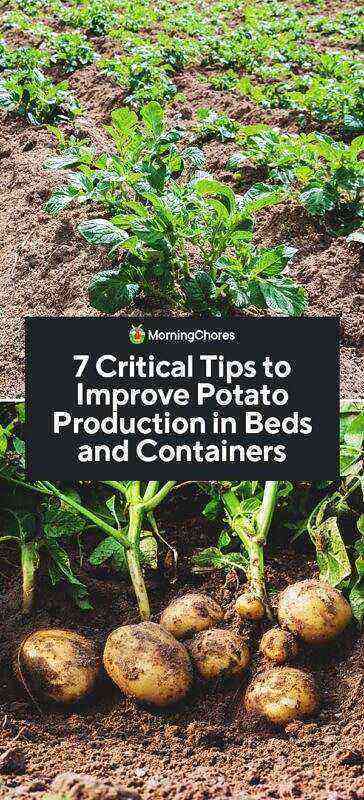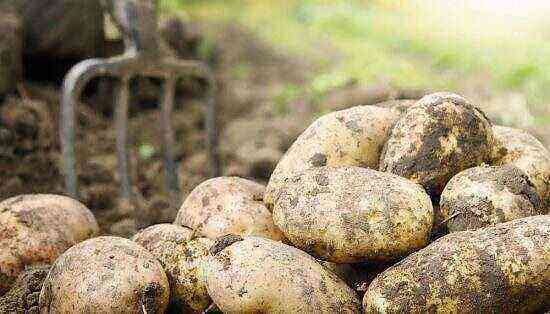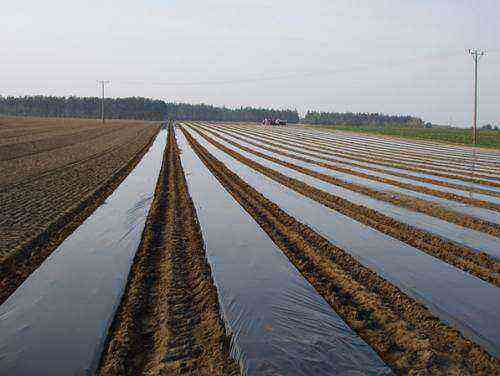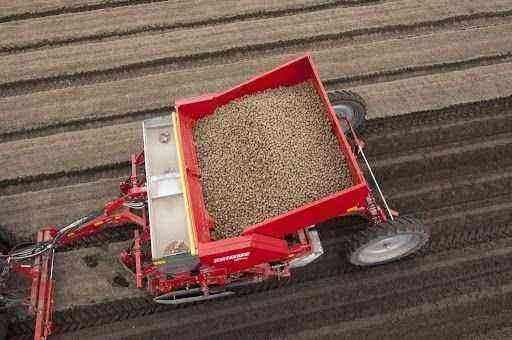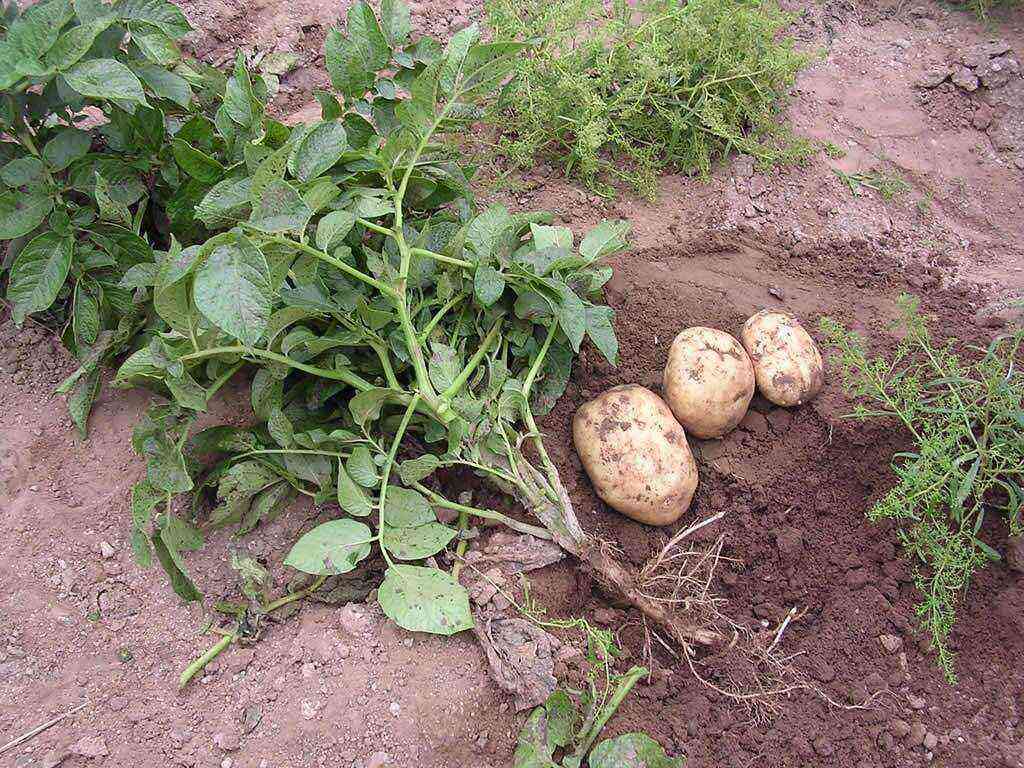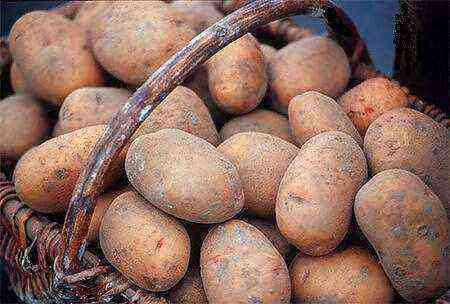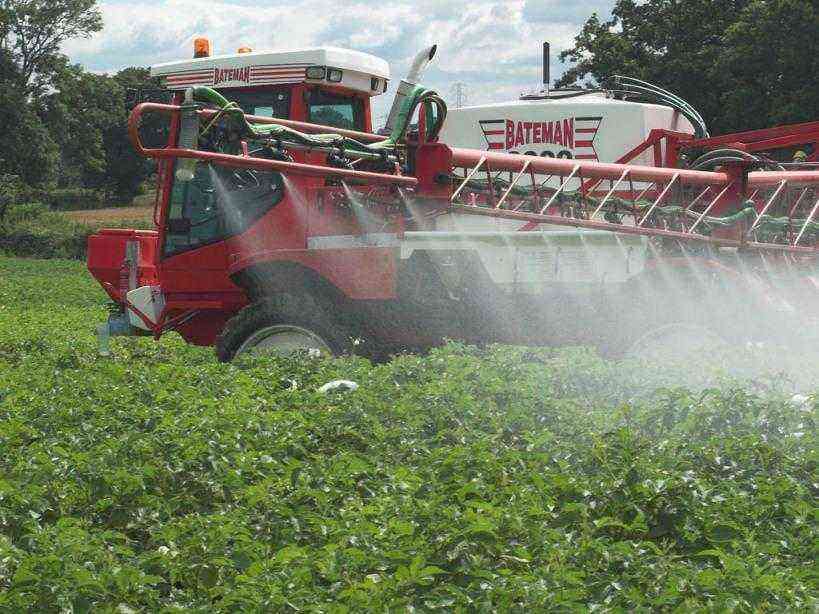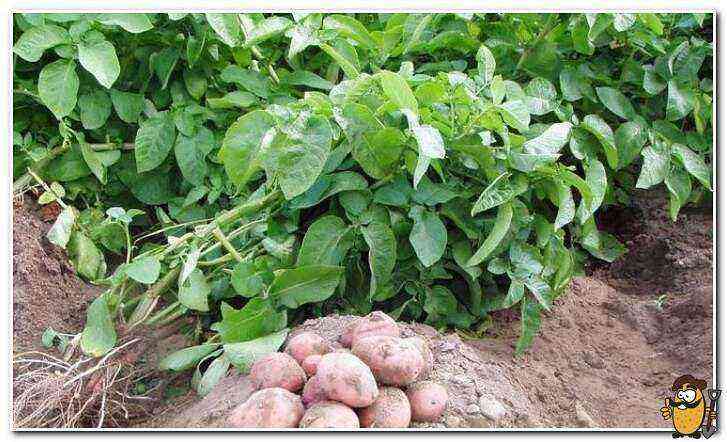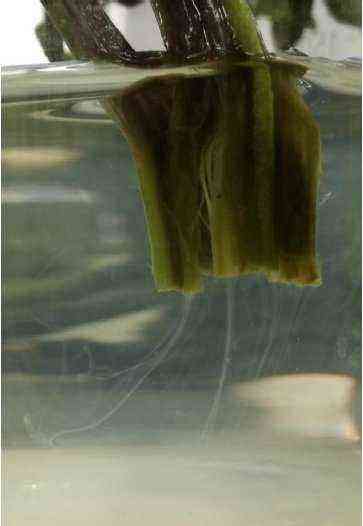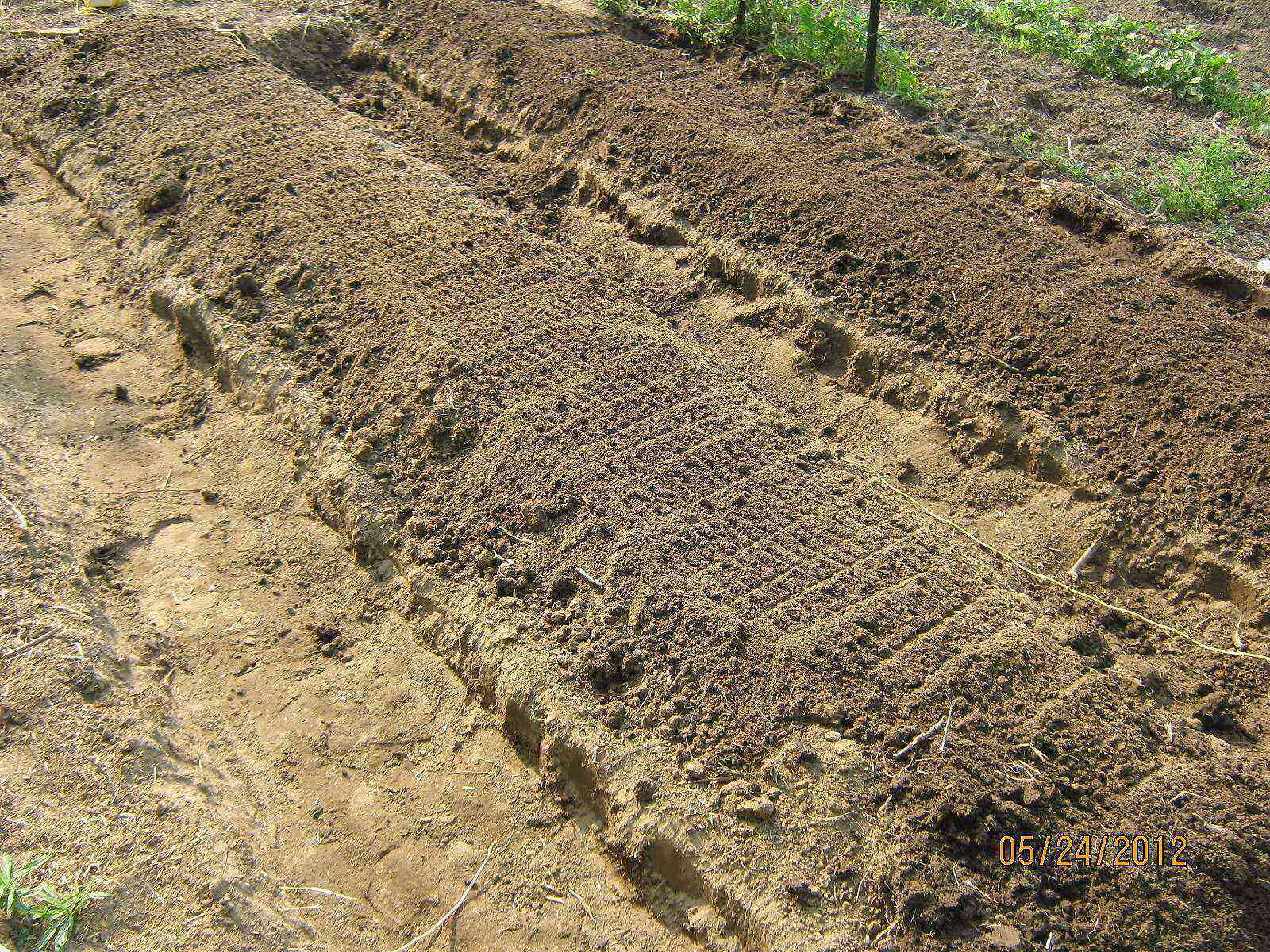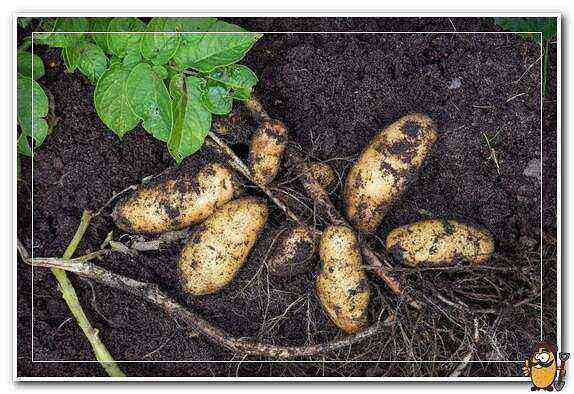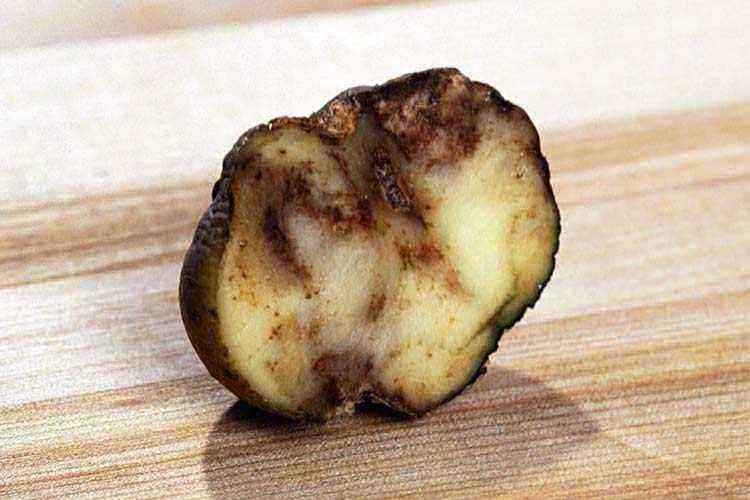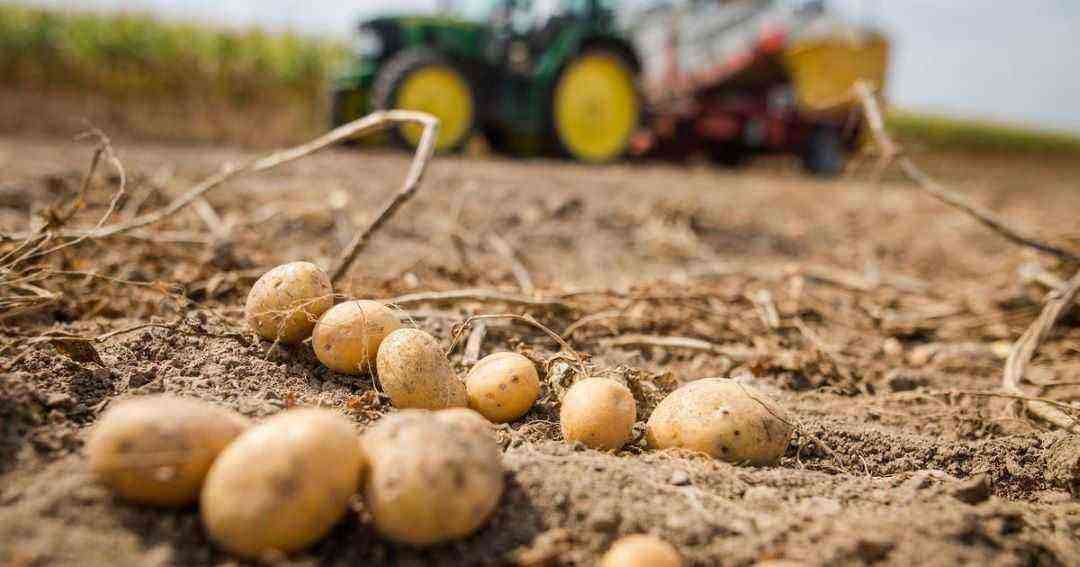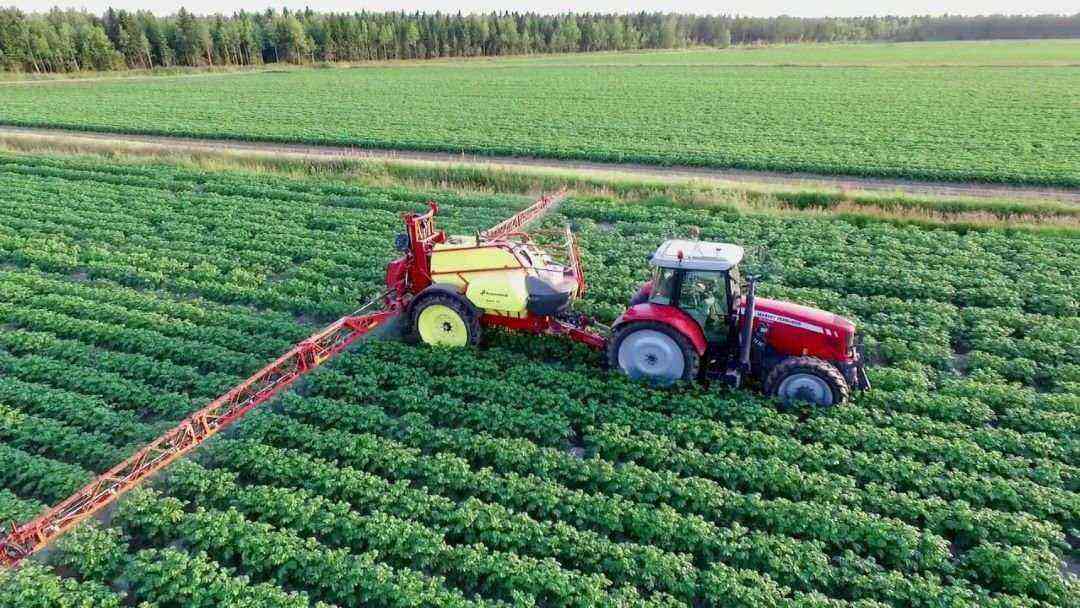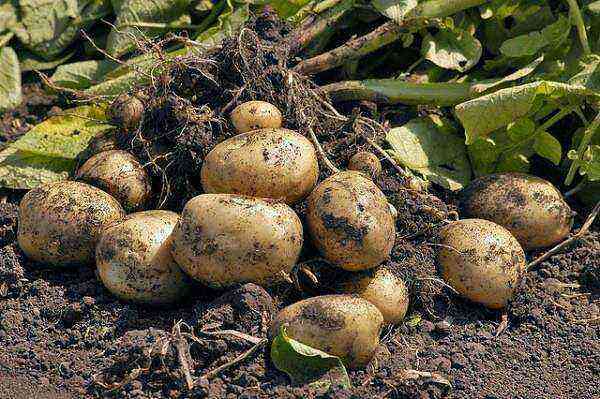To date, breeders have bred many varieties of potatoes that are capable of producing good yields even in unfavorable conditions. One of these is Arizona – the creation of specialists from the Dutch company Agrico. The Arizona potato variety was bred in 2013, and today it is successfully grown in the central part of the Russian Federation, Ukraine, Belarus and Moldova.
It is on the list of leaders among its own kind, and this is over 7000 varieties! Vegetable growers loved it primarily for its culinary and commercial qualities. There are other advantages to this potato, but first things first.
Characteristics and description of the variety Arizona
This potato belongs to the early varieties of table type, the tubers of which ripen approximately on the 80th day from the moment of planting in the ground. If the weather is favorable and all the rules of care are followed, you can already dig in young potatoes on the 60th day. Bushes near Arizona are of medium height, large dark green leaves grow on spreading stems. A distinctive feature can also be considered a well-developed, powerful root system and large corollas that plants release during the ripening period.
In each bush, up to 10 smooth oval tubers are formed, gaining a mass of 100-150 g until the end of the season. There are practically no small potatoes. The yield of the variety varies from 350 to 450 c / ha, and with a successful combination of circumstances and proper care, it can exceed 500 c / ha. A few superficial eyes are visible on pale yellow potatoes. The pulp of the same shade is distinguished by its great taste and culinary versatility. Arizona potatoes are used in the preparation of a wide variety of dishes; they can act as both a main ingredient and an additional one. Peeled or cut potatoes do not darken during cooking and retain their natural color for a long time. The starch content is average – 13-16%, like most other table varieties.
Separately, it should be said about the quality of this potato. The yield of marketable tubers can reach 97%, which is a very high figure. Keeping quality is also commendable. With well-organized storage, the keeping quality of Arizona potatoes is 93-95%.
The variety is resistant to many common diseases of the culture: nematodes, various types of mosaics, cancer. Immunity to common scab, as well as late blight of tops and tubers, is estimated as medium. The variety easily tolerates a sharp rise in temperature and prolonged droughts.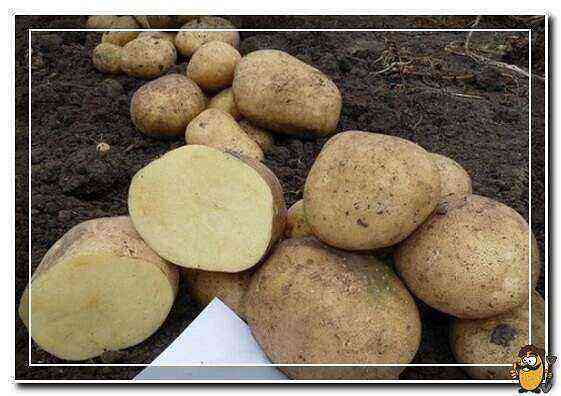
Peculiarities of growing
To grow a good potato crop, you must adhere to all the rules of agricultural technology and the recommendations of specialists. The Arizona variety is no exception. He also needs care, consisting of a number of activities that are carried out throughout the growing season. And it begins with the preparation of planting material and subsequent planting.
Rules of landing
Seed preparation is one of the most important conditions for successfully growing Arizona potatoes. For planting, medium-sized potatoes (60-70 g) are selected without signs of disease and mechanical damage. Two weeks before planting, the selected tubers are transferred to a warm, bright room for germination. To increase yields and strengthen immunity to pathogens, planting material is treated with a growth stimulant. It is recommended to do this the day before planting. Today, the most popular stimulant is Epin, thanks to which planting tubers tolerate frosts down to -5 degrees, strong healthy sprouts are formed, root crops ripen faster. One ampoule of this preparation is enough to process 200 tubers.
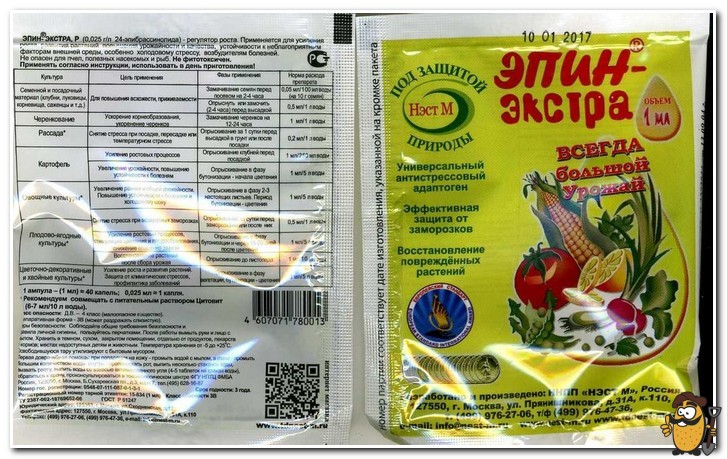
Immediately before planting (on the same day), the sprouted potatoes are treated with a protective agent. For example, Matador will do. It is a contact fungicide that protects tubers from late blight and Alternaria pathogens.
Arizona potatoes are planted in late spring when the soil warms up to a suitable temperature. In warm regions – in early May, in cold ones a little later, around the middle of the last spring month. A standard planting scheme is recommended for this variety:
- distance between rows – 60-70 cm;
- the distance between the bushes is 25-30 cm;
- embedding depth – 10-15 cm (depending on climatic conditions and soil structure).
If planting is carried out in poor, poor soil, it is advisable to add a little humus and peat to each hole. The easiest way to determine the amount of nutrients in a soil is by color. The lighter the earth, the more nutrient organics it needs.

Proper care
The Arizona variety is considered unpretentious, but like any other, it needs care. To get a high yield, experts recommend feeding the plants three times per season. The first feeding with nitrogen-containing fertilizers is carried out after the emergence of seedlings by the method “under the bush” (mullein, urea). The second is when the buds begin to form. This time, potash fertilizers are used to promote the formation and growth of tubers (potassium sulfate, wood ash). The third mineral-organic top dressing is carried out 3-4 weeks before harvest (superphosphate, slurry).
Arizona potatoes do not require a lot of moisture for good growth and development, so plants should be watered only in hot weather. One bush takes only 3-4 liters of water. Watering should be fractional, since the variety does not tolerate sudden changes in humidity. That is, first you need to pour only half of the water under the bush, and when it is absorbed into the soil, pour out the rest. This ensures a more uniform soil moisture.

After the appearance of peduncles, the watering rate for one plant can be increased to 12 liters, and then gradually reduced. By the beginning of the wilting of the foliage, the dose should be no more than 3 liters. Drying of the stems is a signal that watering is no longer necessary.
No less important agricultural techniques are weeding and hilling. The first time the weeds are removed when the shoots rise 3-4 cm above the soil surface. Further – as they appear and grow in the beds. The first hilling is carried out on potato bushes that have reached 10-15 cm in height. Repeated – after 2-3 weeks. After a while, the piles destroyed by rain and wind should be repaired. To facilitate your work and protect the piles from the effects of natural factors, you need to huddle with wet soil. In dry weather, this work is best done after artificial irrigation.
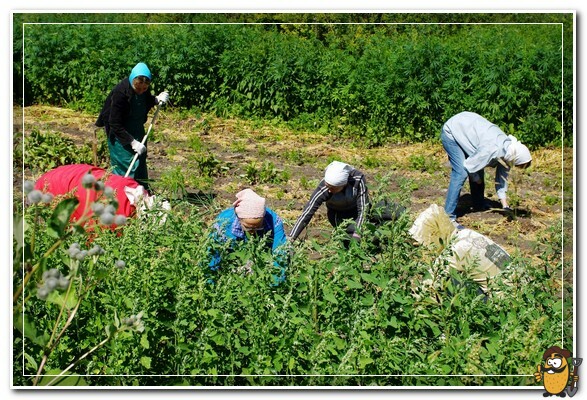
Diseases and pests
As mentioned above, the Arizona potato variety is moderately resistant to scab and late blight. Common scab usually develops during the hot summer months. The fungus damages the surface of the tubers, after which they lose their presentation. The best prevention of scab will be regular watering of potato plantings during dry periods. But if, despite the measures taken, the symptoms of the disease still appeared, then the problem will have to be eliminated by other methods. For example, using fertilizers such as ammonium sulfate or manganese sulfate.
Late blight most often manifests itself in high humidity in warm weather. First, the lower leaves darken on the affected plant – this is the first sign of the disease. After a while, the entire aerial part, the root system and tubers are infected. This disease spreads quickly, so harvest recovery should be started when the first symptoms are found. Vegetable growers fight late blight on potatoes by treating plantings with fungicides. The most effective are Bravo, Skor, Super Reglon and Ditan.
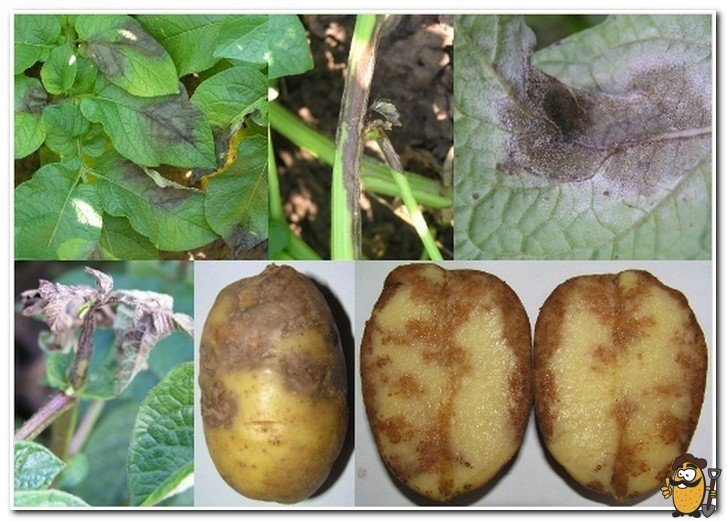
As for insects, the Colorado potato beetle remains the only serious enemy of the variety. If allowed to multiply, the larvae will quickly devour the leaves on the bushes, which will negatively affect the quantity and quality of the crop. In small areas, striped pests and the larvae laid by them can be collected by hand, carried away and burned by dousing with any flammable liquid. On vast fields, you cannot collect beetles with your hands; other methods are needed here. In farms, the insect is successfully fought by spraying potato plantings with various insecticidal remedies. For such purposes, Bicol, Karbofos, Agrovertin, Regent, Colorado are suitable.
Collection and storage
On the 60th day from the moment of planting, potatoes of the Arizona variety can already be drilled in for a sample, after 10-15 days, mow dry tops, and after another week, start harvesting. It is better to dig up potatoes in dry weather. The potatoes taken out of the ground are sorted out and sorted with the obligatory rejection of damaged and sick specimens. After 2-3 hours of drying, the harvested crop is sent to storage in a cellar or basement. It is important that the moisture content in the storage does not exceed 80%. The optimum air temperature is 2-3 degrees above zero.
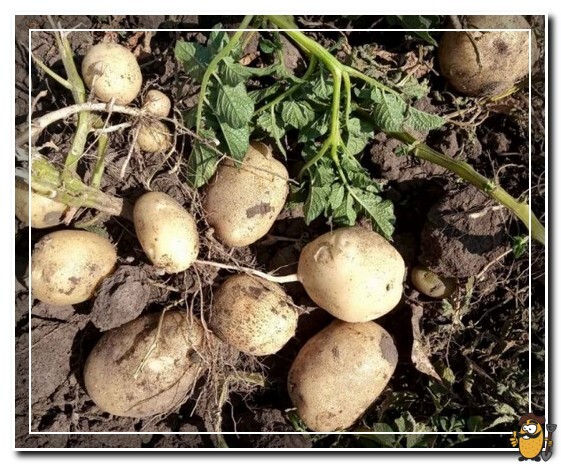
In conclusion
The Dutch potato variety Arizona has taken root well in our country and has received many positive reviews. Farmers and gardeners praise it for its high yield, unpretentious care, resistance to most diseases and pests, good transportability, keeping quality, culinary versatility and great taste. It fully meets all the requirements for culture, therefore it deservedly takes its place in the fields and gardens.

